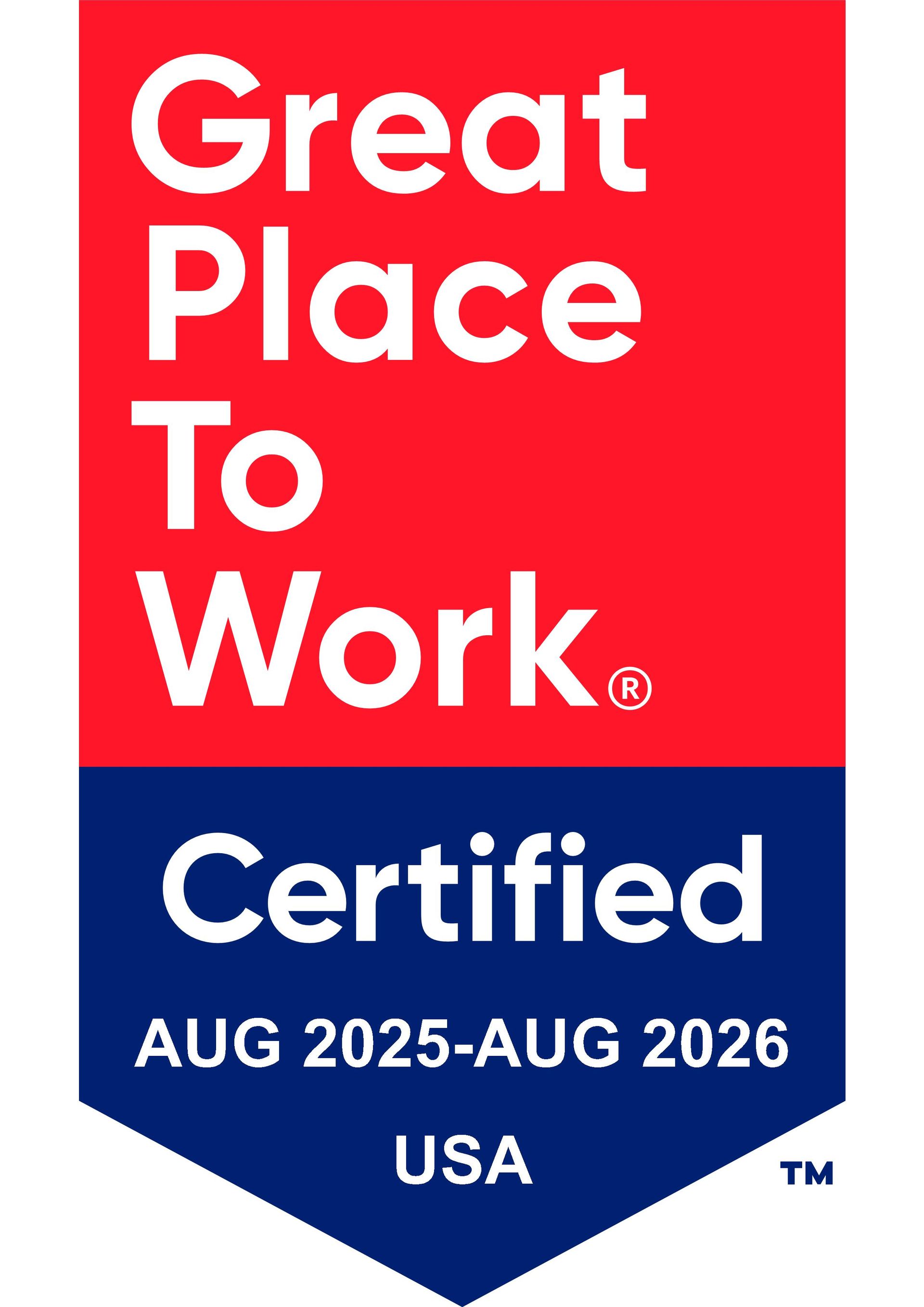
Employee Productivity KPIs -- How to Improve Employee Productivity
30 May 2023

Employers strive to create an environment where their team members are engaged, motivated, and perform at their best. To achieve this, organizations need to establish effective methods to measure and enhance employee productivity. Let’s talk about key performance indicators (or KPIs) to measure employee productivity along with strategies for improving productivity.
Employee KPIs for employers
To evaluate employee productivity, organizations rely on various KPIs that provide insights into individual and team performance. Some common KPIs include:
Key Result Areas (KRAs)
KRAs outline the primary responsibilities and goals for each employee. Measuring progress and achievements in these areas helps assess an employee’s productivity in their specialized area. Employers can provide job-specific feedback that can be more helpful for the employee than generic feedback.
Objectives and Key Results (OKRs)
OKRs define specific, measurable goals aligned with the organization's overall objectives. Regular evaluation of progress against these goals helps gauge an employee’s participation in the growth of the company overall. Employees, in turn, are given a wider snapshot of how their work helps to support the rest of the company.
Performance Reviews
Regular performance evaluations allow employers to assess individual contributions, identify areas for improvement, and provide feedback to enhance productivity. Employees receive advice from performance reviews specifically tailored to their performance strengths as well as potential areas of improvement.
Improving Employee Productivity
Using these methods of measuring productivity, employers can then hone in on strategies that address the pain points highlighted by their preferred KPIs. Here are some effective methods of nurturing employee productivity:
Clear Communication and Goal Setting
Establishing transparent communication channels and clearly defining individual and team goals fosters alignment, clarity, and motivation. If your team has a well-defined understanding of their expectations, as well as the ability to reach out if they have any follow-up questions, they’re much more likely to succeed.
Training and Development
Providing opportunities for skill enhancement and professional growth empowers employees to perform at a higher level and stay updated with industry best practices. Your organization could offer training programs that allows employees to improve their overall capability at the work that they’re doing. You could even encourage employees to learn more about other jobs in your organization that may be of interest to them.
Employee Benefits
Offering robust employee benefits plays a significant role in improving productivity and fostering a positive work environment. Competitive benefit packages that address employees' well-being, health, and financial security act as powerful incentives. Benefits such as comprehensive health insurance not only attract top talent but also cultivate a sense of loyalty, motivation, and job satisfaction among existing employees.
Enhancing employee productivity is a continuous journey that requires effective measurement, strategic initiatives, and the provision of comprehensive employee benefits. By implementing KPIs to evaluate productivity, adopting strategies to optimize performance, and offering robust benefits packages, employers can create an environment that motivates employees, increases productivity, and fosters loyalty. KBI Benefits empowers organizations to design and implement employee benefits plans that align with their goals and enhance the overall well-being of their workforce.
Speak with a KBI Benefits agent today to discover how employee benefits can enhance your employee productivity.



